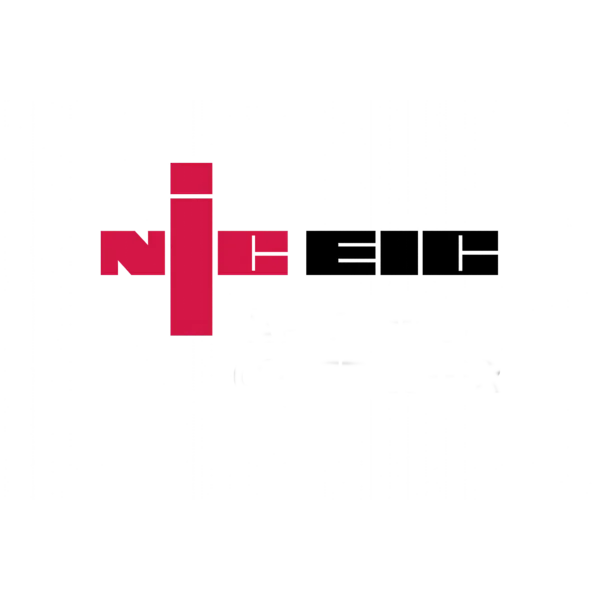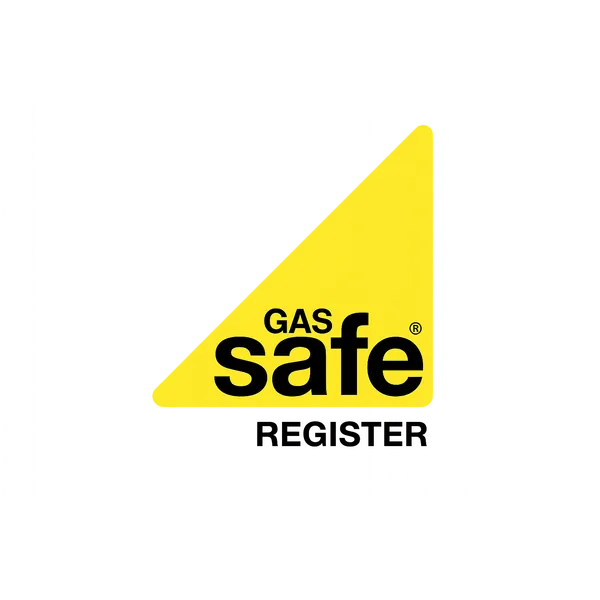The Art and Science of Professional Heating System Design
In the world of building services engineering, heating system design represents a perfect marriage of technical precision and practical artistry. While many homeowners focus on the visible components—radiators, boilers, and thermostats—the true excellence of a heating system lies in the invisible engineering that ensures optimal comfort, efficiency, and longevity. At CRG Direct, we approach heating design as both an exact science and a creative discipline, balancing mathematical calculations with real-world performance considerations.
The Foundation: Room-by-Room Heat Loss Calculations
Understanding the Building Envelope
Every professional heating design begins with comprehensive heat loss calculations for each individual space. This process involves analysing the building's thermal envelope—the barrier between conditioned interior spaces and the external environment. Our engineers consider multiple factors:
- External wall construction: U-values, insulation levels, and thermal bridging
- Window and door specifications: Glazing types, frame materials, and air permeability
- Floor and ceiling construction: Ground floor heat loss versus upper floor considerations
- Ventilation requirements: Natural infiltration and mechanical ventilation heat recovery
Calculating Individual Room Requirements
Using industry-standard methodologies such as CIBSE Guide A and BS EN 12831, we calculate the specific heat demand for each room. This involves:
- Design temperatures: Maintaining 21°C in living spaces versus 18°C in bedrooms
- Exposure factors: Accounting for wind exposure and orientation
- Internal gains: Considering heat from occupants, lighting, and appliances
- Diversity factors: Recognising that not all rooms require peak heating simultaneously
This meticulous approach ensures that each space receives precisely the heating capacity it needs—no more, no less—eliminating energy waste while maintaining comfort.
Hydraulic Design: The Circulatory System of Heating
Pipe Sizing Principles
Proper pipe sizing represents one of the most critical aspects of heating system design. Undersized pipes create excessive resistance, forcing pumps to work harder and increasing energy consumption. Oversized pipes, while less problematic from a hydraulic perspective, represent unnecessary material costs and installation complexity.
Our methodology includes:
- Velocity calculations: Maintaining flow rates between 0.5-1.5 m/s to minimise noise and erosion
- Pressure drop analysis: Ensuring total system resistance remains within pump capabilities
- Balancing considerations: Designing for inherent hydraulic balance where possible
- Future expansion: Incorporating capacity for potential system extensions
Pump Selection and System Curves
Selecting the correct circulation pump involves matching pump performance curves to system resistance characteristics. We consider:
- Duty point analysis: Identifying the optimal operating point for efficiency
- Variable speed capability: Utilising modern ECM technology for energy savings
- Head and flow requirements: Calculating based on the index circuit—the most hydraulically demanding path
- Standby capacity: Ensuring redundancy for critical applications
Control Strategies: The Intelligent Nervous System
Zoning and Time Control
Modern heating control goes far beyond simple thermostat operation. Our designs incorporate sophisticated zoning strategies that recognise different usage patterns throughout a building:
- Occupancy-based zoning: Separating daytime and nighttime areas
- Temperature setback: Automatically reducing temperatures during unoccupied periods
- Weather compensation: Adjusting flow temperatures based on external conditions
- Optimum start/stop: Learning building thermal characteristics to minimise pre-heat time
Integration with Building Management
For larger projects, we design heating systems that integrate seamlessly with broader building management systems:
- BACnet and Modbus protocols: Ensuring compatibility with existing infrastructure
- Remote monitoring and control: Enabling facility management from any location
- Data logging and analytics: Tracking performance for continuous optimisation
- Alarm management: Proactive notification of system issues
Future-Proofing Considerations
Adapting to Evolving Technologies
A well-designed heating system should accommodate future technological developments without requiring complete replacement. Our designs incorporate:
- Hybrid system capability: Preparing for integration with heat pumps and renewable sources
- Smart grid readiness: Designing for demand-side response and time-of-use optimisation
- Low-temperature compatibility: Ensuring radiators and distribution work efficiently at reduced flow temperatures
- Modular expansion: Allowing for phased implementation of system upgrades
Sustainability and Regulatory Compliance
With evolving building regulations and increasing focus on carbon reduction, our designs anticipate future requirements:
- Part L compliance: Exceeding current Building Regulations for energy efficiency
- Embodied carbon considerations: Selecting materials with lower environmental impact
- Maintenance accessibility: Designing for easy servicing to extend system lifespan
- Water treatment provisions: Incorporating proper chemical treatment and filtration
CRG Direct's Engineering-Led Design Methodology
The Four-Phase Approach
Our design process follows a structured methodology that ensures comprehensive consideration of all technical and practical aspects:
Phase 1: Data Collection and Analysis
- Site surveys and building measurements
- Existing system assessment (for retrofit projects)
- Client requirements and usage patterns
- Regulatory and compliance review
Phase 2: Technical Design and Calculation
- Detailed heat loss calculations
- Hydraulic analysis and component selection
- Control strategy development
- Energy performance modelling
Phase 3: Documentation and Specification
- Comprehensive design drawings and schematics
- Equipment schedules and technical specifications
- Installation methodology statements
- Commissioning and handover procedures
Phase 4: Implementation Support
- Contractor liaison and technical support
- Site inspections and quality assurance
- System commissioning and performance verification
- Client training and documentation handover
Quality Assurance and Peer Review
Every CRG Direct design undergoes rigorous quality assurance processes:
- Independent technical review: Cross-checking calculations and assumptions
- Value engineering: Identifying opportunities for cost optimisation without compromising performance
- Risk assessment: Identifying and mitigating potential installation or operational challenges
- Client consultation: Ensuring the design meets both technical requirements and user expectations
The Result: Systems That Perform
When heating systems are designed with this level of engineering rigour, the benefits extend far beyond simple warmth:
- Energy savings of 15-25% compared to rule-of-thumb approaches
- Enhanced comfort through precise temperature control and even heat distribution
- Reduced maintenance through proper component selection and system balancing
- Longer equipment lifespan by operating within optimal performance parameters
- Future adaptability allowing for technology upgrades as they become available
Conclusion: Engineering Excellence in Every Detail
Professional heating system design represents a significant investment in both time and expertise, but the returns—in comfort, efficiency, and long-term performance—justify this approach many times over. At CRG Direct, we believe that excellent engineering should be invisible to the end user, manifesting only through reliable performance, low operating costs, and effortless comfort.
The difference between a good heating system and an exceptional one lies not in the components themselves, but in how they're selected, sized, and integrated into a cohesive whole. This is where engineering-led design separates professional installations from amateur attempts, and where CRG Direct's methodology delivers tangible value to our clients.
Ready to experience the difference that professional heating system design can make? Contact our engineering team today to discuss your project requirements and discover how our methodology can deliver optimal comfort and efficiency for your building.















